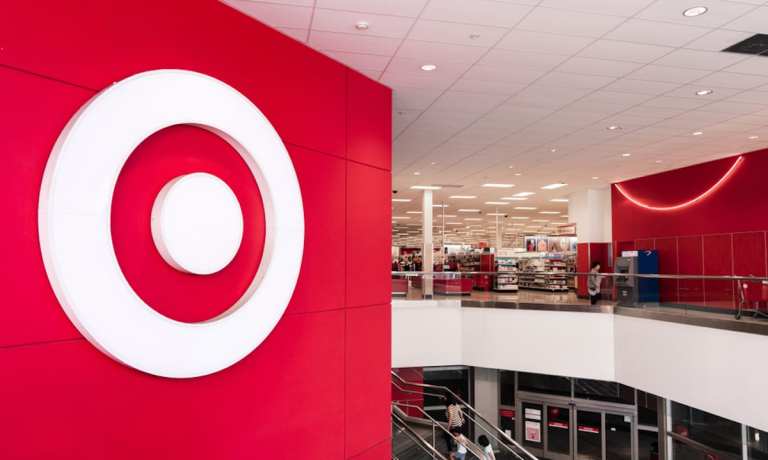Target’s Digital-First Investments Continue To Pay Off In Q1 Earnings

After preparing for the digital-first economy for years, Target is arguably becoming the retailer that has gained the most from its arrival. Riding the strength of stimulus checks, private-label apparel and the digital strategy honed during the pandemic, the company reported Q1 earnings on Wednesday (May 19) that exceeded expectations.
“Just as we saw our guests use our same-day services during the pandemic, using pick up and drive up and ship, we expect those services to be very sticky over time, and certainly we’ve ensured the awareness and the use of those same-day services by two, three, if not four years,” said Target COO John Mulligan during the earnings call. “And it will certainly be a factor as we go into the back half of the year and during the holiday season. I think we’re going to continue to see our guests turn to Shipt [the company’s delivery service partner] and drive up and pick up.”
While the retailer emphasized the interactions between consumers and stores during its earnings call, its results continued to show the effectiveness of its digital strategy, which is pegged on using stores as fulfillment centers. During the pandemic, that strategy paid off with triple-digit eCommerce growth — and as Mulligan said, the company isn’t backing away from it. In fact, he said that digital sales were the key to the company’s Q1 success.
By the numbers, comparable-store sales grew 22.9 percent in Q1, broken down by 18.0 percent growth in stores and 50 percent growth in digital sales. That digital growth is impressive, considering that the pandemic lockdowns didn’t take effect until late in Q1 2020. The total revenue of $24.2 billion grew 23.4 percent compared to 2020. The operating income results were stratospheric: $2.4 billion in Q1 2021, up 407 percent from $0.5 billion in 2020. More than 95 percent of Target’s total Q1 sales – physical and digital – were fulfilled by Target stores.
Mulligan added some color to the digital strategy’s economic and operational impact, saying that the company’s “store as fulfillment hub” strategy has brought the cost of completing a digital transaction – even including same-day delivery – to a level almost equal to an in-store transaction. Other large retailers, Walmart and Macy’s included, have invested in transportation infrastructure to try and alleviate delivery costs.
“We can do a lot with the volume that we’ve built over the last two years, and some of those same-day services,” Mulligan told analysts on the call. “And all of that volume translates to more efficiency opportunities that we can continue to squeeze down the per-unit cost to fulfill. But I don’t shy away from growth, or from a drag on that line from a growing digital business. And the reason [is that] when guests lean into digital, we get more omnichannel guests and more guests who [use] our same-day services.”
And it works economically. Mulligan said that consumers who use drive-up services or home delivery spend an average of more than 30 percent more than those who don’t. He also noted that the store-as-hub strategy enables Target to turn inventory faster. This has had an impact on its apparel sales, which were up 50 percent over 2020.
And other in-store improvements are coming, the company said on its call. Consumers can expect more store openings and redesigns, and a more aggressive commitment to the company’s in-store partnerships with Apple and Ulta Beauty. The company also saw success with its private-label apparel brands, which were up 35 percent over 2020.
Looking ahead to the rest of the year, Target executives expect growth rates to be more accurately compared to 2019 levels, as last year’s results were heavily skewed toward digital sales and in-store comps inflated by Target’s status as an “essential” retailer during lockdowns. It even addressed back-to-school sales, which last year were a “no comment” zone due to school closings and an unstable economic outlook.
“Back to school is a huge moment, where the convenience of our assortment across the category portfolio is already a preferred destination,” said CEO Brian Cornell. “But then you think about how that leads into opportunities in Halloween and Thanksgiving and the holidays, opportunities for a family to be together to celebrate, sometimes for the first time in almost two years.”